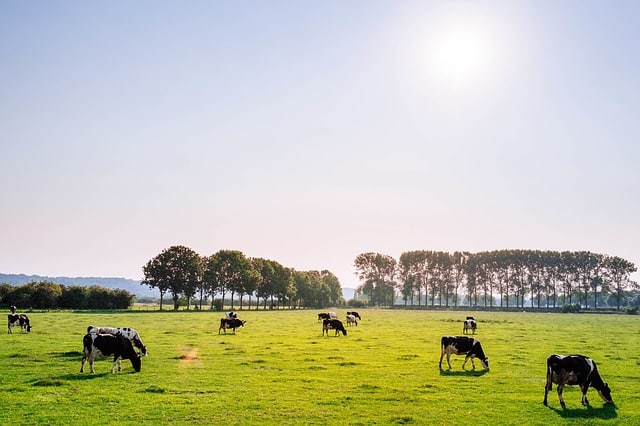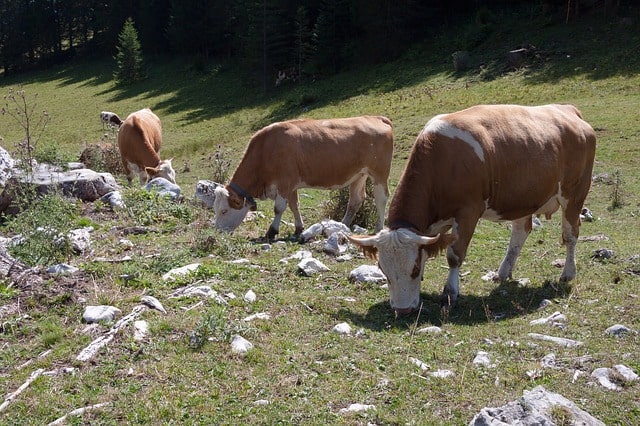Overgrazing represents an environmental hazard whereby wildlife or livestock excessively feeds on pasture.
It is also the practice of grazing livestock on vegetation before it has recovered from a former grazing state, also known as intensive grazing.
Otherwise stated, overgrazing occurs when vegetation or pasture is repeatedly removed from the land and not given enough time to continue growing.
Intensive grazing thus causes the residual plant matter to decline and has numerous negative consequences for the animals and the land.
Overgrazing signifies a serious environmental challenge in maintaining the natural balance of livestock on grazing lands. This reduces the land’s productivity, usefulness, and biodiversity.
The following are the causes, effects, and solutions of overgrazing.
Wikipedia defines Overgrazing as,
“Overgrazing occurs when plants are exposed to intensive grazing for extended periods of time, or without sufficient recovery periods. It can be caused by either livestock in poorly managed agricultural applications, game reserves, or nature reserves. It can also be caused by immobile, travel restricted populations of native or non-native wild animals.“
Causes of Overgrazing
The causes of overgrazing are directly linked with human activities and behavior towards animal husbandry. There are various causes of overgrazing.
A few are listed below.
1. Lack of Proper Animal/Wildlife Management
The lack of proper animal and wildlife feeding management on the available pasture is the leading cause of overgrazing. From the definition, overgrazing arises from having too many animals grazing on a piece of land without proper control of the grazing activity of the animals.
The failure to rotate animals in harmony with pasture growth constitutes overgrazing. Without adequately managing the animal’s feeding habits, they tend to feed on young plants and seeds, reducing their growth and survival capacities.
Besides, the lack of proper animal/wildlife grazing management destroys the soil’s nutrient composition, worsening the situation.
If the Mediterranean rangelands are taken into consideration, as claimed by Le Houerou, the mild and lightly rainy winters are to be blamed for the fact that through those months, domestic animals can bear to remain outside.
When they are not in the range lands, they can easily graze on the nearest pasture, and once this activity goes unchecked and unnoticed, it is just a matter of a short time that grazing turns into overgrazing.
2. Socio-economic Conditions of the Farmer
We have looked into the problem caused by improper livestock management; let us also inspect another linked issue. The farmers handling the livestock generally may belong to a weaker socio-economic background.
This means that they cannot support their livestock with the proper amount of fodder and, thus, turn them onto pastures, leaving them to fend for themselves.
3. Drought or Decline in Precipitation
Drought and the decline in precipitation in any area automatically mean that the growth and survival of plants and vegetation are heavily impacted. This directly results in stunted growth and drying out of plants/vegetation.
Accordingly, the risk of overgrazing is heightened in such areas subject to the insufficiency of forage.
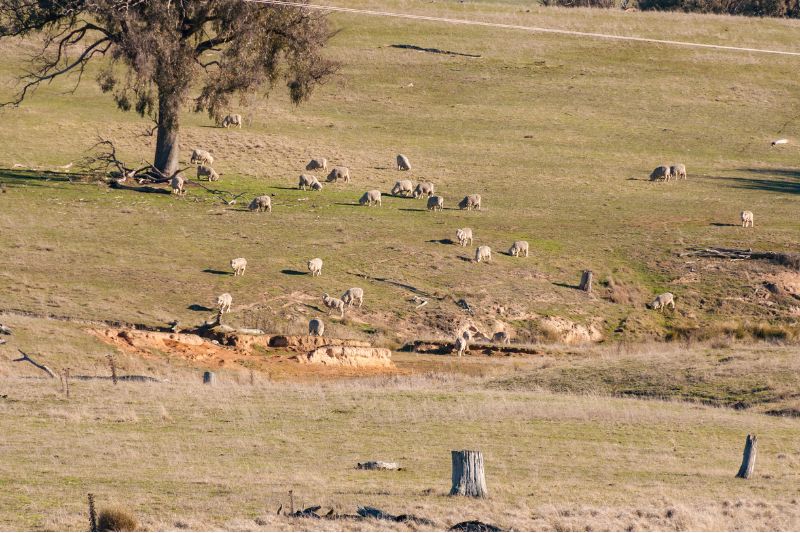
Examples include areas adjacent to deserts such as northern China, Pakistan, India, Patagonia, the drier regions of southern and northern Africa, and the prairies of Northern America.
4. Improper Land Use
Land use significantly determines the productive condition of the land and soil fertility. Hence, improper land use, such as logging activities, slash-and-burn farming techniques, mining, excessive and unplanned urban sprawl, and land pollution lessens the land available for pasture.
All these activities significantly impact the availability of plants and forage by destroying their underlying growth support mechanisms.
In most cases, these activities are characterized by an increase in unpalatable plants or weeds and a decrease in plant humus, increasing the potential of the overgrazing problem.
5. Overstocking
Overstocking implies a situation where a piece of land is intensively stocked with more animals than the site can support for a grazing season.
In most cases, animals are more than the average land available for grazing, which leads to repeated removal of plant/vegetation material without sufficient time for the leaf/pasture mass to regrow.
Put differently, farmers who overstock do not let the average land replenish itself after a previous grazing season. Eventually, overgrazing is experienced.
6. Poor Irrigation Methods in Arid and Semi-arid Areas
Poor irrigation techniques in arid and semi-arid regions cause salt accumulation in the soil.
As an outcome, the availability of edible plants is impacted by the alteration of soil’s mineral content composition. The soil’s buildup in salts also leads to stunted growth, reducing forage availability.
The few remaining good pasture lands are heavily utilized, creating room for overgrazing. The problem is further exuberated by poor irrigation practices being standard in poorer and ASAL regions.
Prolonged Effects of Overgrazing
Overgrazing has disastrous effects on the land ecosystem and can result in the loss of native species and reduced biodiversity in an area.
The most common effects of overgrazing are listed below.
1. Soil Erosion
The continued trampling of numerous animals in an average forage land will accelerate the death of plants and vegetation cover. This is because the animals will graze even on the slightest shoots of new growth.
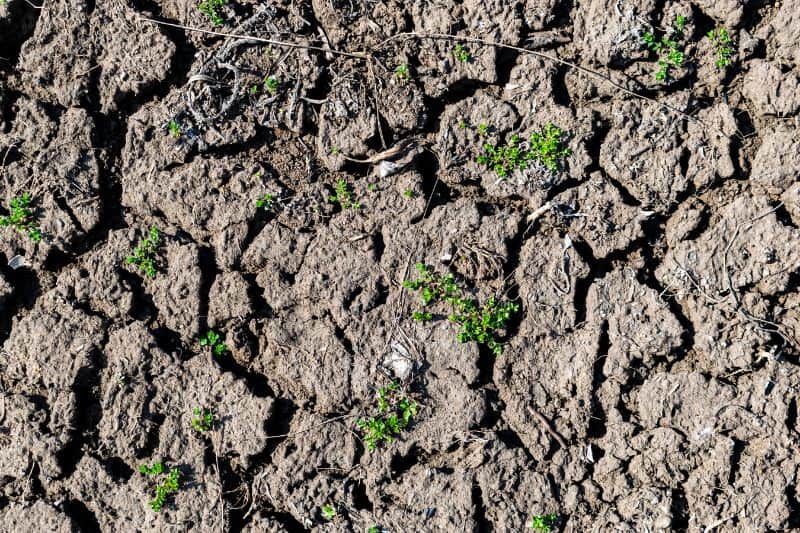
Without the plants or vegetation cover, the soil is left bare and exposed to harsh weather, such as heavy downpours and high temperatures, disintegrating the rocks and carrying the topsoil away.
Plus, animals prefer gathering in specific areas, like next to water sources, and such areas quickly get eroded.
2. Land Degradation
The acts of compaction and erosion due to overgrazing can cause tremendous land degradation. The experience is even worse in drier areas, as a large percentage of pasture and land cover is destroyed, contributing to the relentless progression of desertification.
In fact, in some areas, overgrazing has led to complete desertification, and that’s because overgrazing and overstocking have the most damaging outcomes to the world’s natural environment.
The scarcity of water resources, water pollution, degeneration of coral reefs, and eutrophication are all connected to overgrazing. Plus, the chief water-polluting elements include farm chemicals and animal wastes.
But that’s not all yet — intensive grazing disrupts the water cycle and diminishes the replenishment capability of groundwater resources as substantial amounts of water are used for feed production.
3. Loss of Valuable Species
The natural composition of the plant population and their regeneration capacity is significantly affected by overgrazing. The original pasture crops comprise high-quality pastures and herbs with great nutritional value.
When animals intensively graze on such pastures, even the rootstocks which contain the reserve food or regeneration capacity get ruined. This destruction causes other adaptable species, such as weeds and unpalatable plants, to take their place.
These secondary plant species have less nutritional value, and because they are highly adaptive, they replace native species, thereby causing the loss of valuable plant species.
4. Food Shortage/Famine
Overgrazing is a primary contributor to desertification because it converts arable or pasture land into an unproductive piece of land. The resultant soil is thus not suited for growing food since it loses its essential nutrients.
The loss of land productivity directly results in reduced food production. This promotes food scarcity, and if population growth is still registered, it can cause starvation and economic challenges.
5. Death of People and Livestock
The long-term effects of overgrazing are food shortage, which can make people and cattle die of starvation. Without sufficient pasture for livestock grazing, cattle lack the necessary nutrients for survival.
The nutrient deficiencies make the animals unable to gain weight appropriate to their formative stage and life, which lowers their chances of survival.
Inadequate food supply also affects human survival levels, well-being, and health. The end results are acute starvation and the death of people and livestock.
6. Deforestation
It comes as no surprise that overgrazing causes deforestation as well. With the animals feeding on all the foliage covering and protecting the soil, it is only natural that the lack of foliage would leave the soil completely bare.
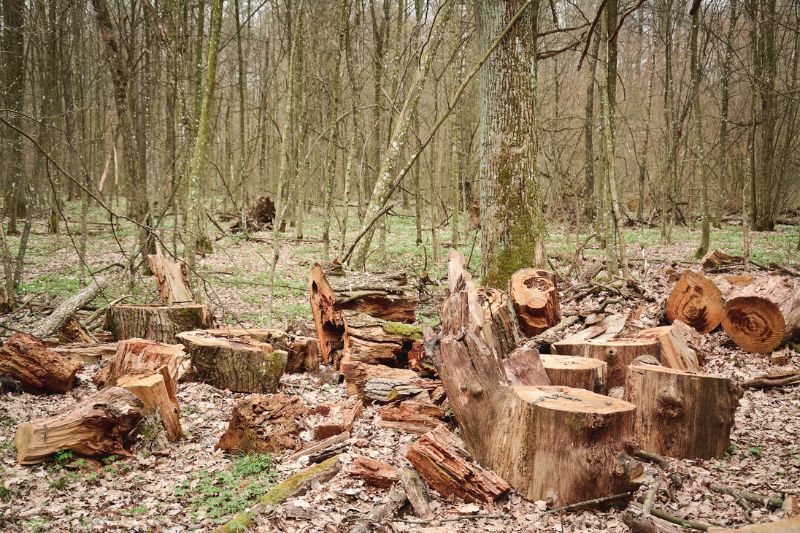
Not only that, but the soil erosion that this barrenness causes can render the soil in that area completely infertile, and the growth of any other foliage might turn out to be impossible.
7. Global Warming
With deforestation comes another threat called global warming. With the foliage gone, a percentage of carbon dioxide absorption is also gone.
As a result, carbon dioxide levels increase on the earth’s surface, which, in turn, traps the heat of the short rays of the sun.
This leads to an increase in the mean temperature of the earth’s surface, making the earth a hotter place to live in!
Simple Solutions to Overgrazing
Generally, we can solve overgrazing and its effects by taking proactive steps to ensure that forage consumption does not exceed the natural capacity or affect the sustainability of the ecosystem.
Below are some steps that will help us ensure we don’t have overgrazing problems.
1. Proper Management of Animals
As much as overgrazing is associated with the number of animals, it’s more about managing the animals.
There are several methods of grazing management to choose from that can offer effective solutions to overgrazing. Examples are rotational, cell, and mob grazing.
It is up to those in charge of grazing to take appropriate measures to utilize these management practices effectively.
Each grazing management technique is tailored to meet the different situations, and if well utilized, it can enormously assist in restoring plant growth during the entire year.
Proper management of animals also bears the potential of wholly enhancing grazing land conditions via improved pasture production and soil health.
2. Land Use Management
Land use management involves properly assessing various land uses and the implications of human activities on land.
Local and regional factors such as aridity and rainfall patterns must also be considered before land development or exploitation implementations are undertaken.
Proper urban planning and industry setup has to be in accordance with up-to-date environmental policies on sustainable urbanization, industrial construction, and agricultural practices.
This avoids over-utilizing available arable land and green pastures and enables easier control policies on overstocking.
Using soil conservation measures and silvopastoral, along with controlled livestock restriction from sensitive areas and payment schemes for livestock-based land use, can also help cut down and reverse the effects of overgrazing.
3. Sustainable Pasture Practices
Sustainable pasture practices pertain to grassland production in a well-managed and controlled manner.
The concept is based on grassland management, animal management, land management, and livestock marketing.
When grazing management is combined with agroecology practices and sustainable agriculture, it gives rise to the most suitable grassland-based livestock production because it encourages both animal and plant productivity and good health.
Some novel and impressive sustainable grazing models and management systems that try to lessen or end overgrazing include permaculture and holistic livestock management.
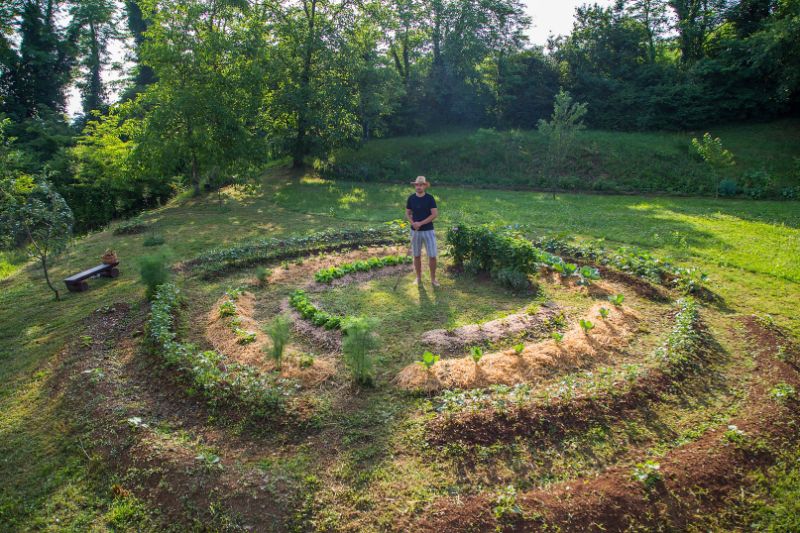
4. Shifting to Other Ways of Feeding Livestock
The Livestock can also be fed on stored fodder. This process not only ensures the fact that the livestock does not overfeed, but it also ensures that pastures are not overgrazed. This is yet another sustainable practice that could be adopted.
The solutions to overgrazing can be summarized as follows:
- Avoid the act of grazing too early; you can have the stockpiled in the rainy season (spring) so that there is enough grass in the dry periods (summer).
- The use of a grazing chart can assist in planning out how to implement rotational grazing.
- Monitoring rainfall patterns and the growth of pasture.
- Maintaining and managing proper pasture residuals in the grazing area.
- Making sustainable pasture management decisions in dry weather conditions can be achieved by learning more and more about sustainable pasture practices.
- Proper land use management practices.
- Trying to feed livestock with stored fodder.
- Controlling the amount of time that livestock spends on the pastures.
